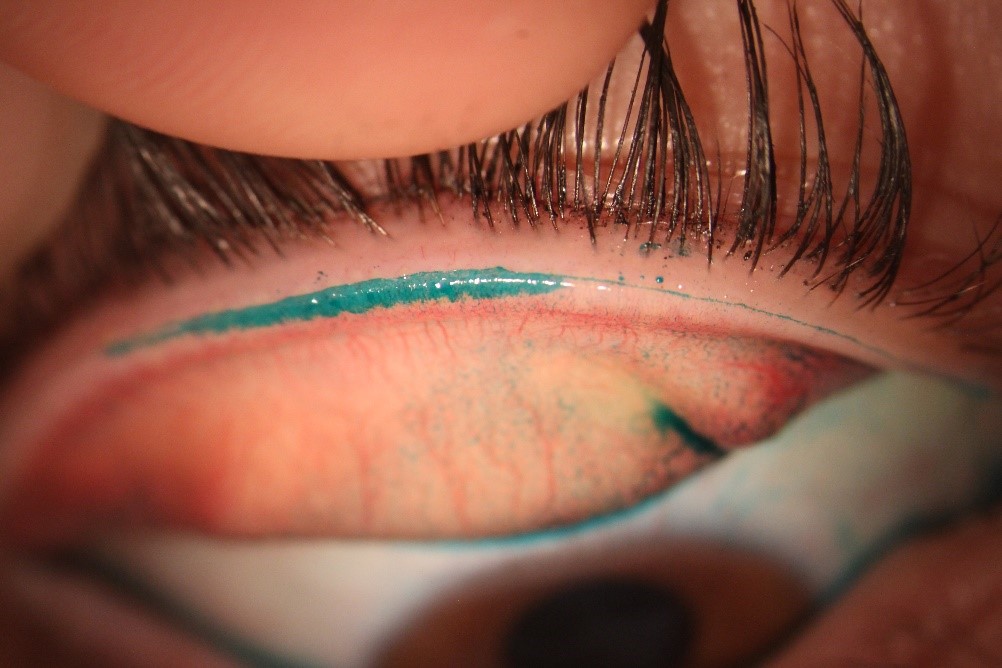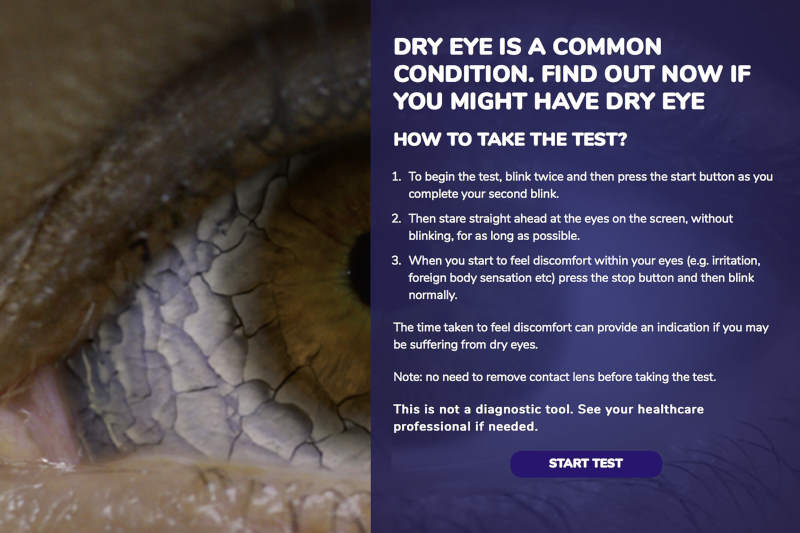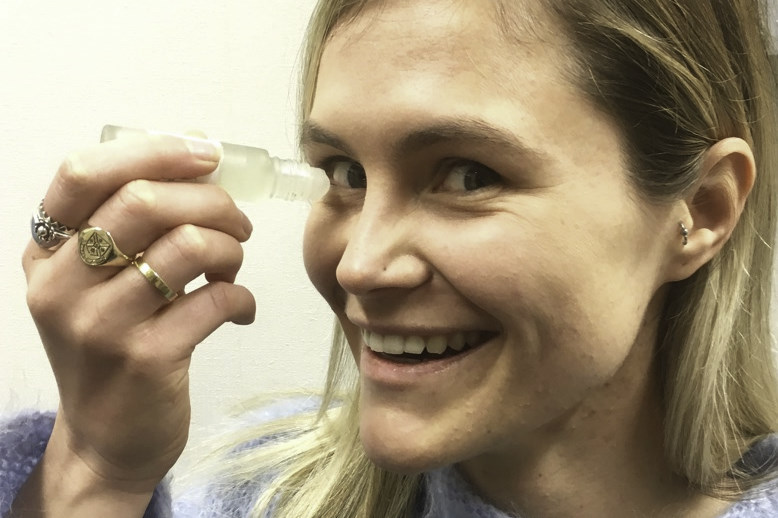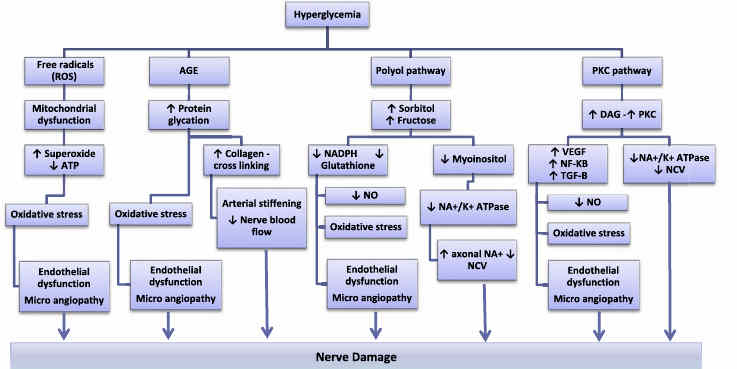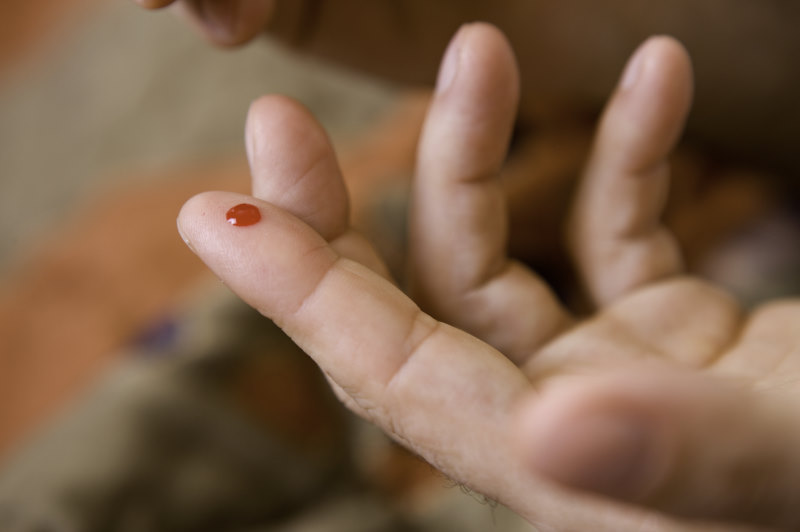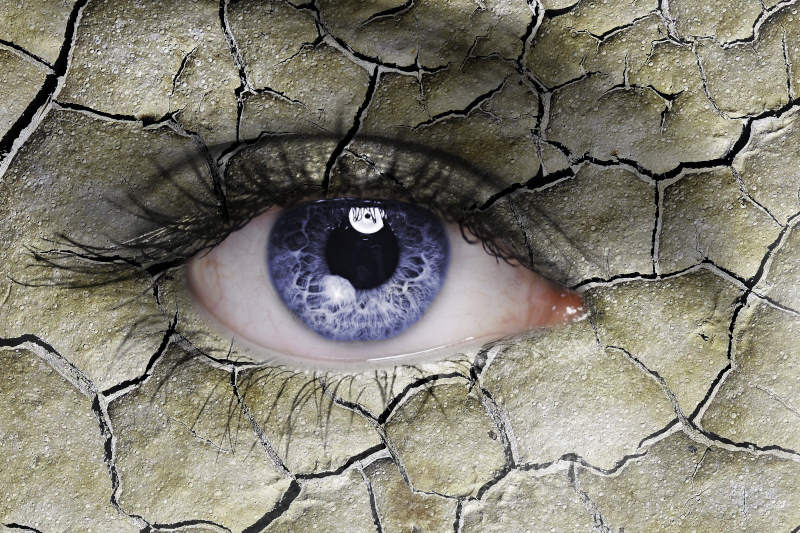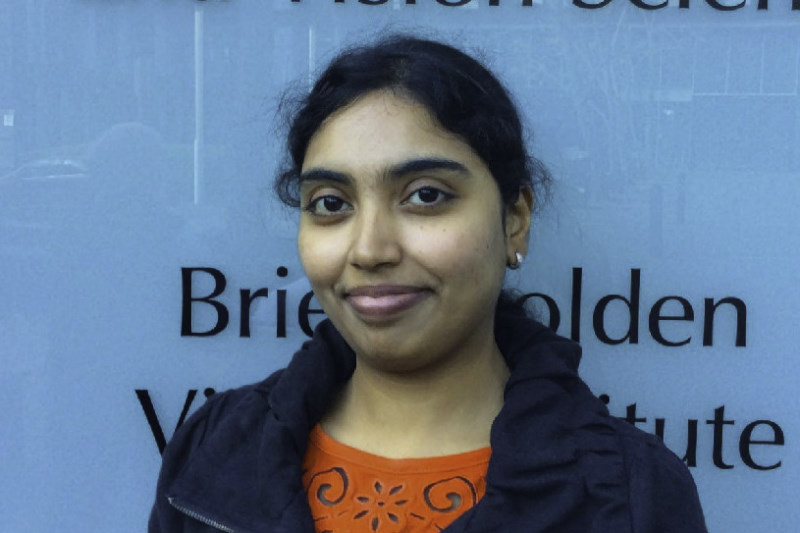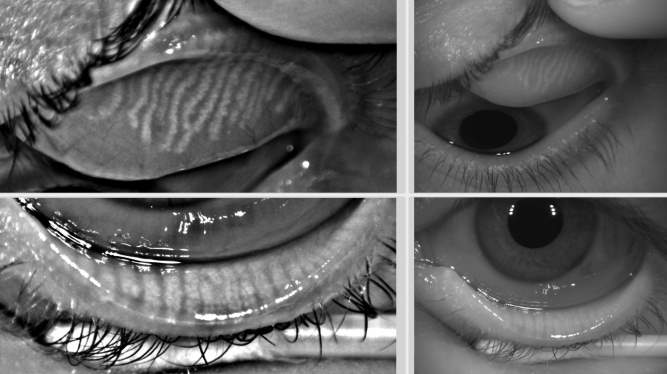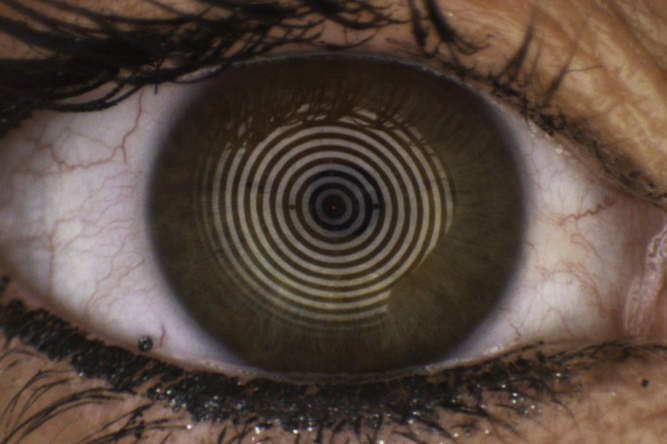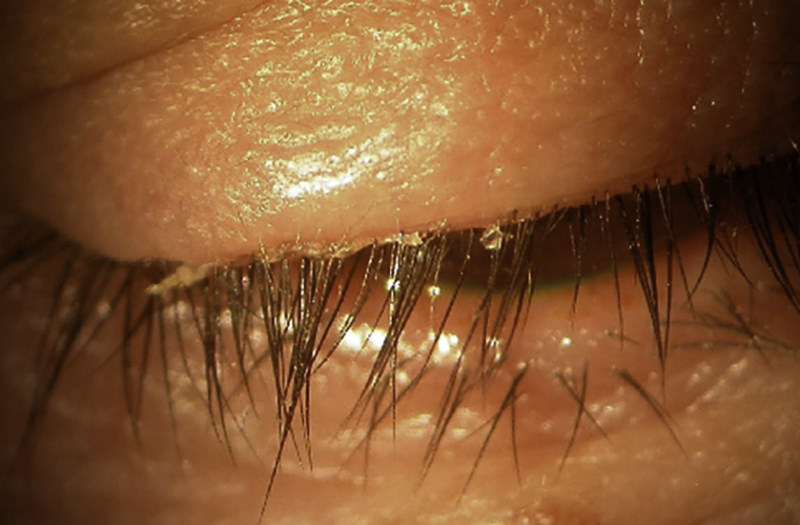VR to tackle work DED?
The modern workplace is a hostile environment for a dry eye sufferer. Computer use decreases blink frequency and completeness, leading to lipid layer breakdown and increased aqueous tear evaporation, while air-conditioned office environments frequently further aggravate the disrupted tear film.
As an academic, I spend a large part of my day in front of a computer and I am not immune to the feeling of tired, gritty eyes at the end of the day. When developing applications for virtual reality (VR), however, my eyes felt some relief. To explore this, optometry student Joyce Wong joined Associate Professor Jennifer Craig and me in the Ocular Surface Laboratory at the University of Auckland to complete a summer studentship, investigating whether the use of VR can influence the tear film. Participants attended two visits that were randomised in order: one where they used a desktop computer; and another where they wore a VR headset. Within the VR headset we projected a ‘virtual desktop’, which meant an image of the real desktop monitor could be seen and used within the headset, like a movie projecting onto a cinema screen. A battery of dry eye tests were performed before and immediately after 40 minutes of computer use.
There was little change in the temperature and relative humidity during the desktop condition, but there was a significant increase in the temperature of the air within the VR headset (from the ambient 22°C to 31°C), which warmed the anterior eye by 0.6°C. This is hypothesised to have increased meibum output as the lipid layer thickness was, on average, almost one grade higher after VR, whereas thinning of the lipid layer was observed after desktop use. This translated to a functional change in tear film quality, such that the tear breakup time increased by about three seconds following VR use while it decreased by three seconds after desktop viewing.
VR headsets also offer other advantages, like shifting the focal plane towards the distance so that only distance spectacle prescriptions need to be worn and no accommodation is required and the ability to transform the work environment to somewhere more pleasant, perhaps a mountaintop or beach.
The promising results of our study, combined with improvements in virtual reality technologies and ergonomics, suggest VR may become a viable option for dry eye suffers who are otherwise unable to use a computer.
Dr Philip Turnbull is a lecturer in the School of Optometry and Vision Science at the University of Auckland. His research involves developing new tools using technology such as eye tracking and virtual reality to investigate visual function.











